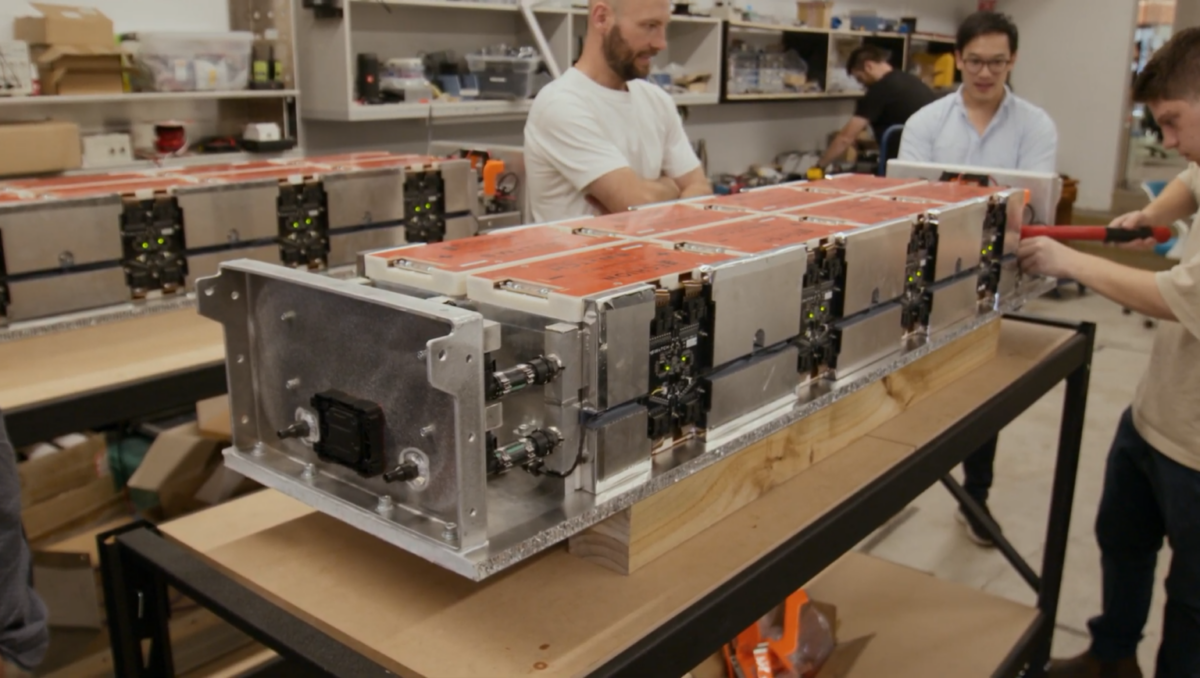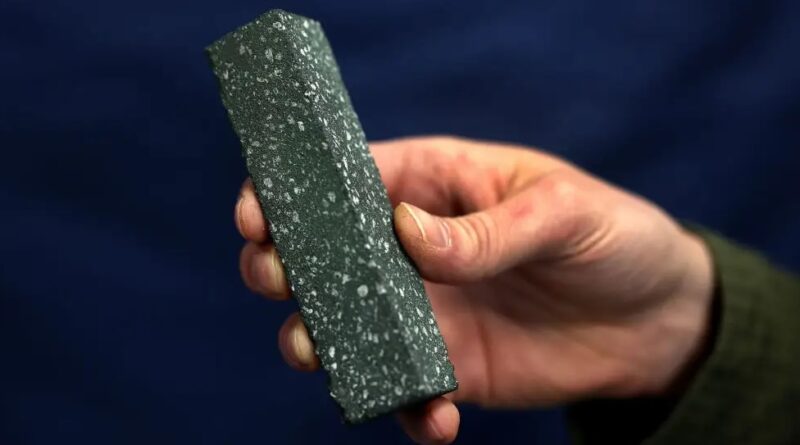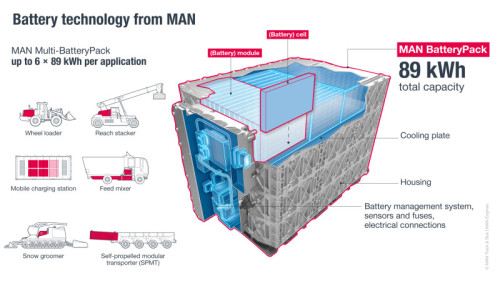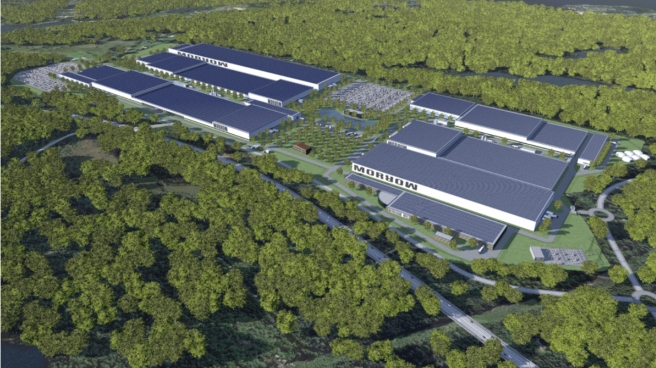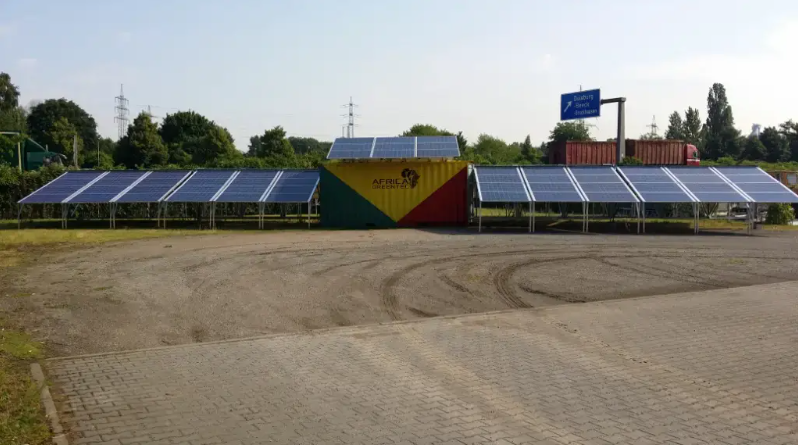
Ethiopian government secures financing from the World Bank for 20 solar minigrid projects. Distributed Electricity and Lighting in Ethiopia (ADELE) program will be used to spearhead the project. Additionally, the Ethiopian Electric Utility has propelled tender for the construction of 20 projects.
The solar minigrids will be located in the Southern Nations, Nationalities, and People’s (SNNP) region, as well as in the Amhara, Somali, Oromia, and Sidama regions. Interested developers have until Aug. 15 to submit their proposals. Bidding will be conducted through international competitive procurement using a Request for Bids (RFB) selection method.
According to the International Renewable Energy Agency (IRENA), Ethiopia had just 21 MW of installed PV capacity at the end of 2022. With an estimated population of around 110 million, landlocked Ethiopia has around 4.5 GW of power generation capacity at present – most of it hydropower.
The total estimated capacity of the systems is 8 MW, with the projects varying in size from 0.5 MW to 1.5 MW.
Expectations of the 20 solar minigrids to the Ethiopia economy
The initiative will grant access to renewable energy especially that generated from solar minigrids, to people living in remote areas. It will help improve the quality of life of the people as they will be able to use energy without any disruption or short supply, and it will also improve the overall infrastructure of the country.
Importantly, the solar minigrids projects will create jobs and stimulate economic activity in rural areas. Additionally, availability of energy will improve access to technology and resources, thus driving local development. Moreover, it will reduce dependency on unreliable, non-renewable forms of energy and help to reduce emissions.
Importantly, the solar minigrids will create a more resilient and secure energy system in the country. Therefore, the solar minigrids will reduce energy insecurity and improving infrastructure that is critical for economic development.
